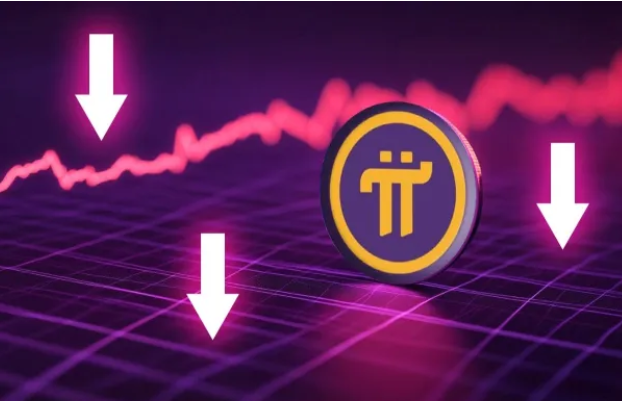Solar Surge in Pakistan as Net Metering Rises and Grid Usage Falls
Pakistan’s transition toward solar energy is gaining momentum. The share of net metering in the country’s total power generation rose by 57 basis points year on year in September 2025. According to data from Arif Habib Limited (AHL), based on NEPRA’s latest report, the trend shows growing reliance on solar systems and less dependence on the national grid.
Overall power generation grew 0.8% year on year, while net metered units jumped 28.1% month on month. This increase highlights how homes and industries are adopting solar panels to cut electricity costs. NEPRA expects power demand to grow 2.8% in FY25, driven by industrial activity and urban expansion. However, high tariffs continue to limit overall consumption.
Why Solar Is Rising
Experts say this shift is both economic and environmental. Engineer Faiz Bhutta, a solar and battery systems consultant, said that high electricity tariffs are pushing people toward alternatives. “Electricity has become so expensive that people are forced to think of other options,” he said.
From a sustainability perspective, solar adoption is positive. However, from a government standpoint, lower grid usage creates challenges. Pakistan must still pay capacity charges to independent power producers, even if consumption drops. This underutilization increases the state’s financial burden.
Distribution companies, or DISCOs, have also made net metering approvals harder. Earlier, consumers could install systems 1.5 times their sanctioned load. Now, they are limited to equal capacity. Some DISCOs also require extra transformers for systems above 10 kilowatts. These restrictions, combined with delays and high upfront costs, are pushing users toward off grid and hybrid systems.
Bhutta said many households are now installing battery storage that can power homes for several days. Some have gone fully off grid, while others rely on hybrid setups for flexibility.
Policy and the Path Ahead
The government is considering replacing net metering with gross metering, where different rates would apply to imported and exported power. Experts warn this could discourage solar adoption.
Pakistan’s energy paradox remains clear: a generation capacity of 37,000 MW but winter demand of just 8,000 MW. Experts urge the government to revive industries, which would increase electricity use and exports.
Despite challenges, solar adoption is rising faster than policy adjustments. Analysts believe distributed solar power can help stabilize Pakistan’s energy sector but only if the government creates a fair and forward looking framework.






